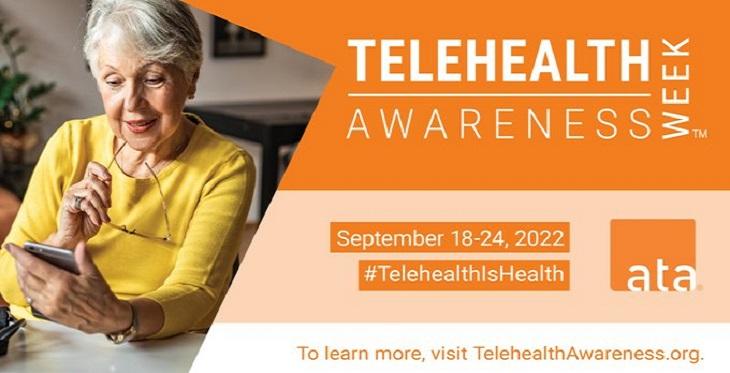
It’s the start of Telehealth Awareness Week, and Ann Mond Johnson, American Telemedicine Association CEO, is beaming as she reflects on the growth of this second annual event.
“The number of endorsing partners for this second Telehealth Awareness Week has doubled (since the first),” Mond Johnson says, adding that the first had 25 endorsing partners, and this year’s has grown to 50, including organizations like Easter Seals, and the Association of American Medical Colleges. “To us, this means the messages that telehealth is important, needed, and accepted are being heard.”
For Telehealth Awareness Week 2022, Mond Johnson says one of ATA’s goals was to continue to broaden the telehealth conversation, and with the growing number of solution providers in patient orientation joining as awareness week partners that goal was met ten-fold.
“To us that represents millions of Americans across the county that say, ‘Yes. Telehealth must stay,’” Mond Johnson emphasizes.
The ATA, which organizes the event, represents more than 400 telehealth organizations from leading healthcare delivery systems, academic institutions, technology solution providers and payers, as well as partner organizations and alliances, including the Southwest Telehealth Resource Center and the Arizona Telemedicine Program.
Telehealth Awareness Week, from September 18-24, offers several in-person events hosted by member organizations across the country, and dozens of virtual events and webinars. The Southwest Telehealth Resource Center provided an early event to kick off the week on telehealth grants and funding opportunities. This webinar is now available online. On Thursday, Sept. 22, SWTRC will host a virtual technology review at the ATA 2022 Conference and Expo in Boston. Attendees can learn who to go to and where to go to get access to the best resources in telemedicine and telehealth technology.
Policy and telehealth trends are front and center in this Telehealth Awareness Week’s programming. One growing area of care Mond Johnson says is particularly exciting is remote monitoring that allows a physician or nurse to monitor the health of multiple patients from multiple locations. While virtual is not for everyone or every situation, modalities like remote monitoring means more people get care when they need it.
“That belief when the internet first started that old people can’t use it. That was proven false. That’s also false in telehealth. Research shows that it can be used not as a digital divide, but bridge a digital divide,” Mond Johnson says.
She points to another study that showed the benefits of telehealth used successfully in opioid treatment, and another that disputes claims that telehealth could lead to increases in fraud while research shows it is no different than in-person.
“These are all things that we get to identify and amplify this week,” Mond Johnson says. “Telehealth is essential health for all of us. It has value in terms of access, people appreciate it, like it and can use it.”
Telehealth is health.


